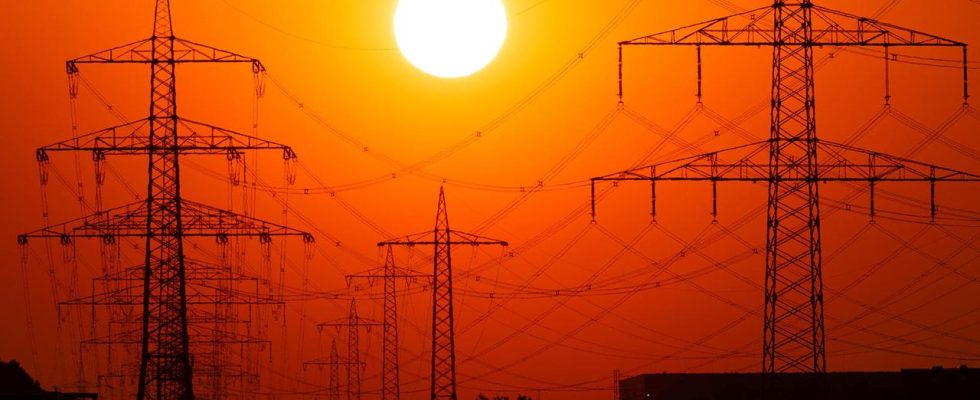While the global demand for electricity will increase only slightly in 2023, according to the IEA, the increase should be more significant in the coming year. For the first time, more electricity could then be generated from renewable energies than from coal.
The International Energy Agency (IEA) assumes that global demand for electricity will increase by just under two percent this year. The reasons for this are the ongoing economic slowdown and the effects of the energy crisis in many industrialized countries, the IEA announced today in its electricity market report.
Demand for electricity is expected to fall in the USA, Japan and Europe in 2023. Electricity consumption in the EU is expected to fall to levels last seen in 2002. Energy-intensive industries in the EU have not yet recovered from last year’s slump in production, it said. With improved prospects for the global economy, however, the IEA expects demand for electricity to increase again by 3.3 percent in the coming year.
Renewables could overtake coal by 2024
According to the IEA report, the increasing global demand for electricity will be driven primarily by the electrification of the energy supply in the course of efforts to reduce emissions. In addition, due to rising temperatures, more air conditioning systems would be used, which would drive up electricity consumption. In addition, there would be robust growth in demand in the emerging and developing countries.
Despite the increase in electricity demand in many regions, the strong use of renewable energies worldwide means that they are now on the right track, the IEA analysis found. In the next two years, electricity production with wind and sun, among other things, could possibly cover the entire additional growth in global demand. By 2024, renewables will account for more than a third of global electricity generation, according to the Energy Agency.
Depending on the weather, 2024 could be the first year in which more electricity is generated from renewable energies than from coal. At the same time, power generation from fossil fuels is expected to decline over the next two years, according to the IEA. In 2022, electricity production from coal had increased by 1.7 percent.
Politics must “build on this dynamic”
Another sign that the energy transition is taking hold is that the IEA now expects fossil fuel power generation to decline in four of the six years from 2019 to 2024. This indicates that the world is rapidly moving towards a tipping point where global electricity generation from fossil fuels will increasingly be replaced by electricity from clean energy sources, the report said.
“World demand for electricity will increase sharply in the coming years,” said IEA Director of Energy Markets and Security Keisuke Sadamori. Now is the time for policymakers and the private sector to build on this momentum to ensure emissions from the power sector fall sustainably.
According to the Prognos Institute, electricity will remain expensive without Russian gas
According to the Prognos Institute, the prices for electricity in Germany will also be higher in the coming years than in 2019/2020 before the start of the rapid rise in energy prices. The main reason for this assumption is that gas is still required to generate electricity. Like other experts, the Prognos experts assume that wholesale prices will rise again after a temporary decline, partly because emissions trading with CO2 certificates is becoming more expensive.
In addition, there is the expectation that electricity consumption in Germany will increase from the middle of the decade. This is due on the one hand to the increasing number of electric cars and heat pumps and on the other hand to the need to produce hydrogen.
The Institute has calculated three “price paths”: an upper, a probable and a lower. In their lower price scenario, the authors of the study only consider a lasting decline in electricity prices to be likely if Russia were to supply the rest of Europe with all the gas it had before the Ukraine war.

